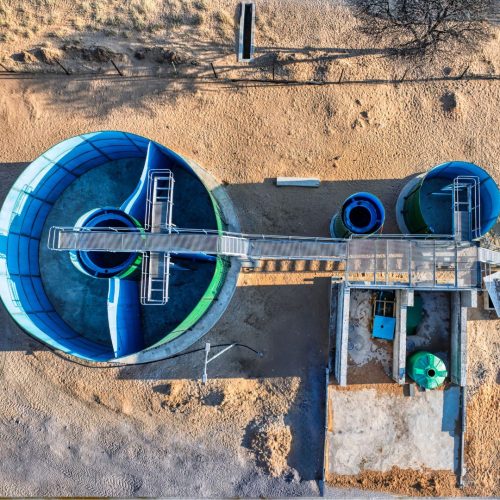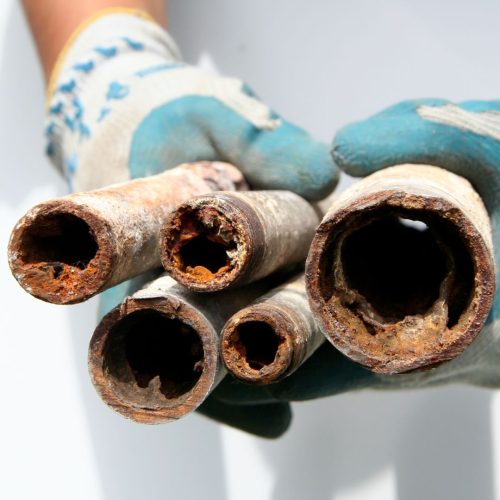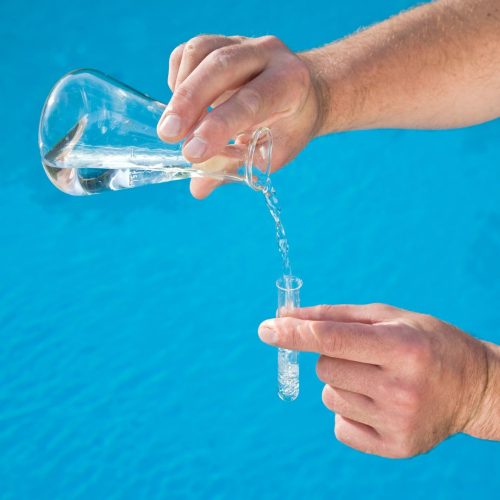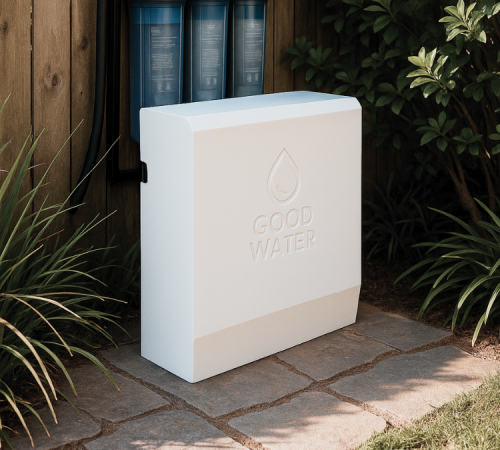
Welcome to the Education Hub — where we cut through the noise and help you understand what’s really happening with your water.
You deserve to know how it works, what’s in it, and what you can do to protect your family. This isn’t fear-mongering. It’s fact-sharing.
In Australia, most homes are connected to a mains water supply, sourced from:
Once sourced, the water travels through treatment plants and kilometres of pipework before it reaches your home.
For some rural homes, rainwater tanks or bore water are the primary source — each with their own risks and contaminants.
Water treatment is designed to remove basic threats:
It typically involves:
But these systems were designed decades ago — long before PFAS, microplastics, pharmaceuticals, or modern pesticides were a threat.
Most water supplies are not equipped to remove these.



Even after treatment, water travels through:
And in some areas, natural groundwater is already contaminated with PFAS or agricultural chemicals — even before it’s treated.
When your local council or water provider says your water is “safe,” they mean:
But what if those thresholds are outdated? Or your family is more vulnerable?
Studies show:
“Safe” on paper doesn’t always mean safe for your family in real life.


Filter Type | Protects From | Limitations |
Jug Filters | Taste, chlorine | No PFAS or heavy metals |
Fridge Filters | Taste, odours | Limited lifespan, low pressure |
Tap-Mounted Filters | Some chlorine, sediment | Not whole-home; low flow rate |
Whole Home Systems | Chlorine, heavy metals, PFAS (varies) | Doesn’t remove fluoride or all pathogens |
Reverse Osmosis (RO) | 99.8% of contaminants incl. PFAS, lead, bacteria | Needs remineralisation & regular filter changes |
